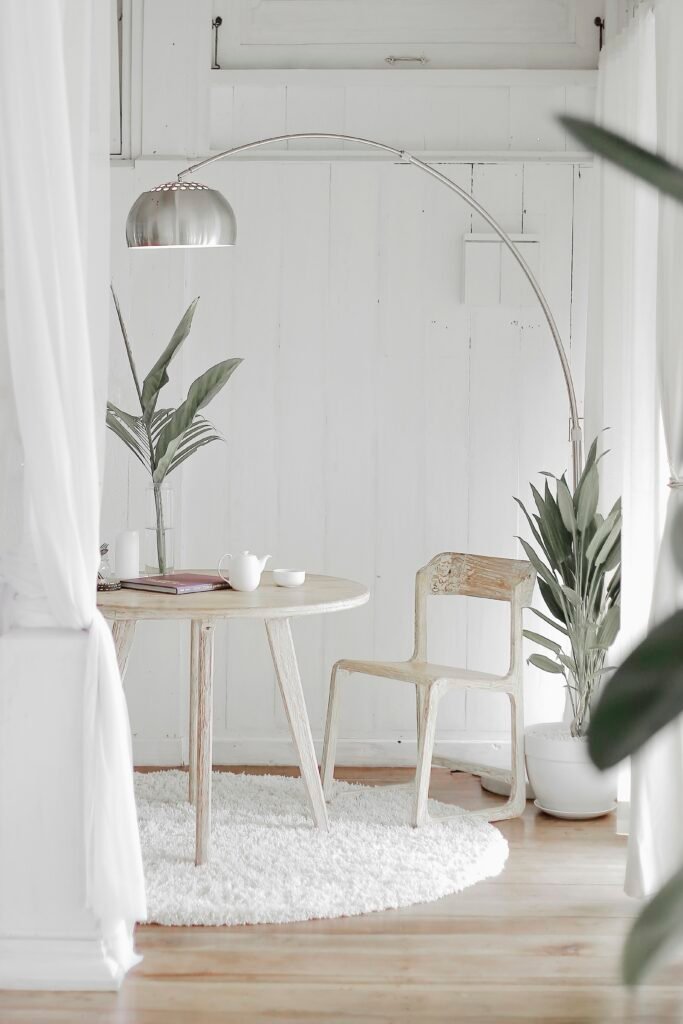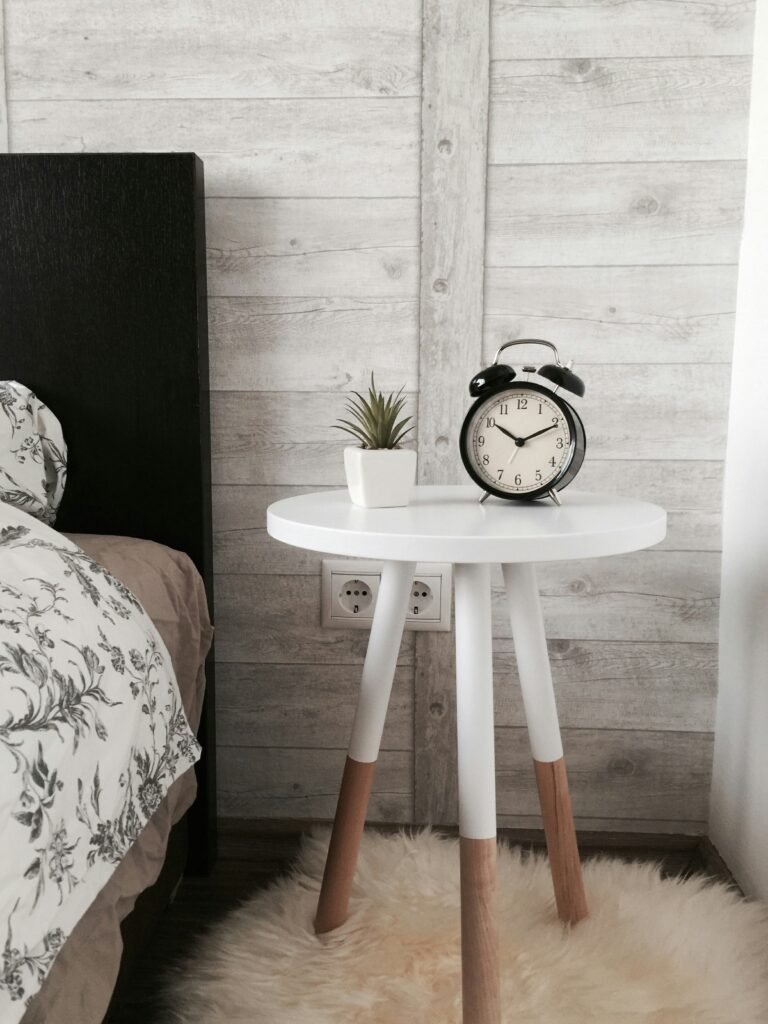Picture this: the crackling sound of logs burning, the warm glow of firelight dancing across the room, and the comforting heat that envelops you on a chilly evening. A hearth is more than just a source of warmth; it’s the heart of your home. But as we bask in its inviting ambiance, it’s vital to remember the importance of protecting your hearth. In this article, we will explore practical fireplace safety tips that will not only enhance your enjoyment of this beloved feature but also ensure the well-being of your loved ones and your home. So, sit back, relax, and let’s delve into the world of hearth safety.

This image is property of images.unsplash.com.
Understanding the Importance of Hearth Protection
Fireplaces can be a wonderful addition to any home, providing warmth, ambiance, and a gathering place for family and friends. However, it’s important to recognize the potential hazards that come with owning a fireplace and take the necessary steps to protect your hearth. By reducing the risk of fire hazards, preserving the longevity of your hearth, and maintaining a safe and healthy environment, you can ensure that your fireplace remains a source of joy and comfort for years to come.
Common Hearth Hazards
Before diving into the importance of hearth protection, let’s first explore some of the common hazards that can pose a threat to your fireplace. These hazards include creosote buildup, chimney obstructions, faulty fireplace design or installation, and inadequate ventilation. Understanding these risks is crucial in taking proactive measures to safeguard your hearth.
The Dangers of Creosote buildup
One of the most significant hazards associated with fireplaces is the accumulation of creosote. Creosote is a dark, tar-like substance that forms when wood is burned. It can build up on the inside of your chimney over time and pose a serious fire hazard. In addition to the risk of chimney fires, creosote can also compromise the air quality in your home, leading to health hazards for you and your loved ones.
Preventing Creosote Buildup
To prevent the dangerous buildup of creosote, regular chimney cleaning and inspection are essential. Hiring a professional chimney sweep who can thoroughly clean your chimney and remove any creosote deposits will significantly reduce the risk of chimney fires. Additionally, using seasoned firewood and employing proper burning techniques, such as avoiding smoldering fires, can help minimize creosote accumulation.

This image is property of images.unsplash.com.
Identifying and Addressing Chimney Obstructions
Another common hazard that can impact the safety of your hearth is chimney obstructions. Obstructions such as bird nests, debris, or even small animals can prevent the proper flow of smoke and gases, leading to potential health risks and fire hazards. It is important to be able to identify the signs of chimney obstructions and take immediate action to remove or prevent them.
Ensuring a Safe Fireplace Design and Installation
Proper fireplace design and installation are crucial for maintaining a safe and functional hearth. It is highly recommended to seek professional assistance when installing a fireplace or making any modifications to an existing one. Professionals have the expertise to ensure that your fireplace meets all safety standards and regulations. Choosing the right hearth materials, maintaining proper clearances between the fireplace and surrounding materials, and installing safety features such as spark arrestors and heat shields are essential for preventing accidents and promoting overall safety.

This image is property of images.unsplash.com.
Promoting Adequate Ventilation
Proper ventilation is vital for fireplace safety. Adequate airflow not only helps to prevent the buildup of harmful gases but also ensures that the fire burns efficiently. Without proper ventilation, the risk of smoke entering your home and carbon monoxide poisoning increases significantly. Therefore, it is crucial to understand the role of ventilation in fireplace safety and take necessary measures to ensure proper airflow.
Practical Fireplace Safety Measures
In addition to the steps mentioned above, implementing practical fireplace safety measures can further enhance the protection of your hearth. Using a fireplace screen or glass doors can prevent sparks and embers from flying out of the fireplace and causing accidental fires. Keeping flammable items such as curtains, furniture, and decorations away from the fireplace decreases the risk of them catching fire. Using a fireplace grate can help contain the fire and promote better air circulation. Finally, installing carbon monoxide detectors near the fireplace can provide an early warning in case of dangerous gas buildup.
Regular Maintenance and Inspection
Routine maintenance and inspection are essential for the long-term safety and functionality of your hearth. Regularly inspecting the firebricks and mortar for any signs of damage or deterioration is crucial in preventing fire hazards. Checking for cracks or leaks in the chimney structure is also important to address any potential risks. By investing in regular maintenance and inspection, you can catch any issues early on and ensure that your hearth remains in top condition.
Educating Family Members on Fireplace Safety
Educating your family members, especially children, on fireplace safety is vital to prevent accidents and injuries. Teach them about the dangers associated with fire and the importance of following safety protocols. Establish house rules, such as keeping a safe distance from the fireplace, never leaving the fire unattended, and not playing with fire-related objects. By instilling a culture of fireplace safety within your household, you can create a safe and enjoyable environment for everyone.
In conclusion, protecting your hearth goes beyond just enjoying the warmth and beauty of a fireplace. It involves understanding and mitigating the common hazards associated with fireplaces, such as creosote buildup, chimney obstructions, and faulty installation. By implementing practical safety tips, promoting adequate ventilation, and maintaining regular maintenance and inspections, you can ensure the longevity of your hearth while keeping your loved ones safe. So, take the necessary steps today to protect your hearth and enjoy the cozy comfort it brings for years to come.




